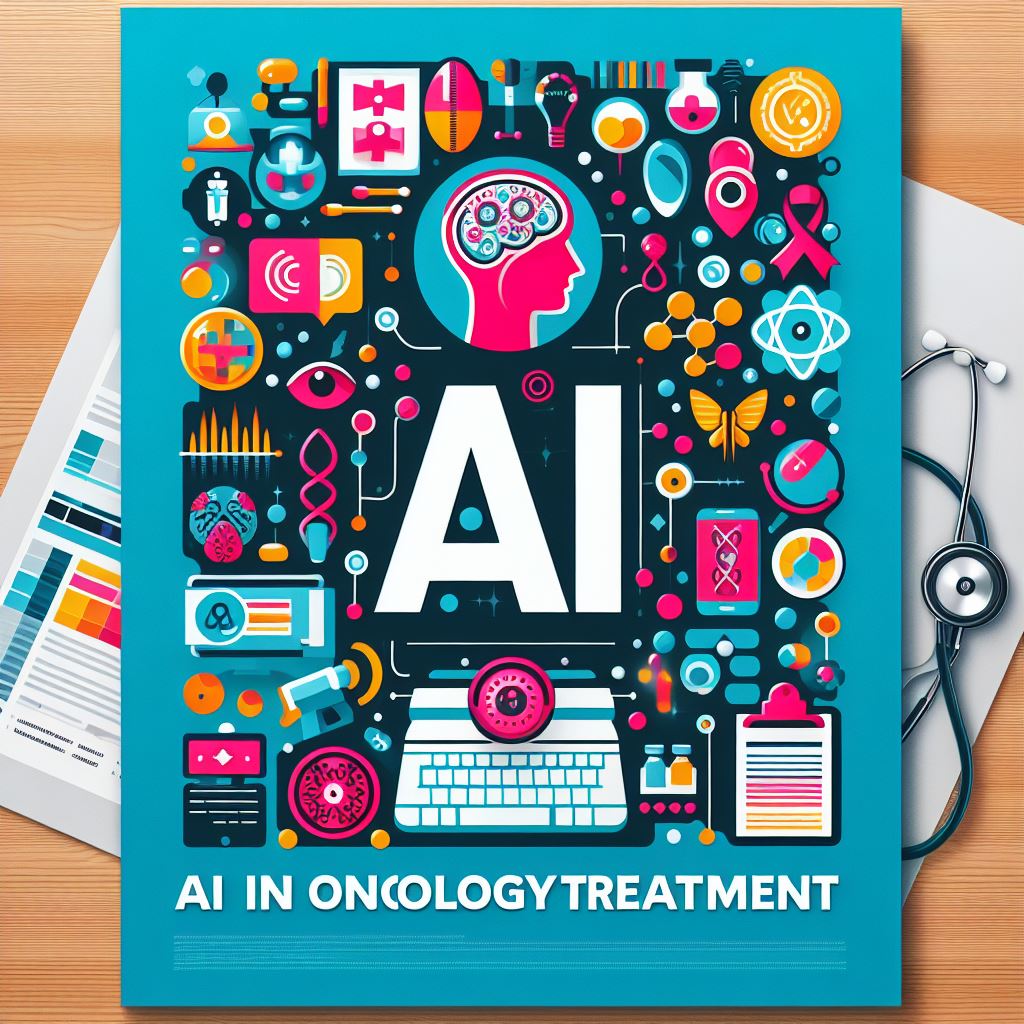
Introduction:
Among all the major brain cancers around the globe, glioblastoma is the most aggressive form of the disease. It poses a tremendous challenge to medical experts and healthcare services. An incidence rate of 3.21 per 100,000 people in the U.S is associated with glioblastomas, which account for 12-15% of all brain tumours. Conventional treatments are often ineffective due to the invasive nature of these tumours and blood-brain barrier resistance. For patients with glioblastoma, the median survival period is still between 9 and 16 months, despite the fact that there have been breakthroughs in radiation therapies and treatments with temozolomide. This highlights the necessity of developing more precise glioblastoma treatment survival predictions and the potential of using artificial intelligence (AI).
The Rise of Machine Learning in Oncology
Machine learning (ML) and deep learning (DL) methods have gain popularity in their application in bioinformatics and medicine, showing promising results in particularly in oncology. Various studies have utilised different ML and statistical models to predict glioblastoma patients’ survival, yielding promising results. However, the potential of DL algorithms in predicting glioblastoma survival remains largely unexplored. Magnetic resonance imaging (MRI) has a well-established role in the diagnosis and treatment planning of oncology care. However, recent research indicates the possibility of applying ML algorithms to post-radiotherapy MRI images. This could potentially assist with more accurate patient survival rates.
A New Approach to Glioblastoma Survival Prediction
Addressing this gap in research on the use of AI in specific cancer survival, a recent study developed five ML models and a deep neural network (DNN) model to predict glioblastoma patients’ survival. This study by Babaei Rikan et al. marks the first use of DL in both classification and regression approaches to predict survival based on the Surveillance Epidemiology and End Results (SEER) database. Furthermore, they introduced and utilised five clinically meaningful classes for survival, aiming for more accurate predictions and effective treatment planning in oncology. The DNN model showcased exceptional performance in this case, positioning it as a valuable tool to be ulitised in clinical practice.
The Role of AI in Glioblastoma Treatment
MRI plays a crucial role in the management of various cancer types including glioblastoma, aiding in diagnosis, treatment planning, and treatment response assessment. Moreover, recent research suggests that MRI images obtained after radiotherapy could offer more accurate survival predictions in this patient population. A King’s College London study sought to use DL for predicting glioblastoma survival rates after 8 months of radiotherapy, based on the first brain MRI taken. The research hypothesised that image-based predictions would surpass those made using only non-imaging information such as demographic, pathological, and treatment-related variables. The results indicated that the imaging model could effectively adapt to both retrospective and external, prospective test data. This suggests the model’s robustness against variations in imaging protocols and class imbalances.
Conclusion:
The discipline of medicine has taken a major step forward with the implementation of AI in the treatment of glioblastoma. These studies present the first known model utilising the use of imaging to differentiate between short-term and long-term survivors within 8 months of the completion of radiotherapy treatment. Large prospective investigations could verify these models, potentially encouraging more frequent MRI monitoring of suspected short-term survivors. Doctors and other healthcare providers could use these technologies to create personalised treatment plans for their glioblastoma patients. They could also optimise resource allocation and manage time more effectively in their practices. Importantly, this could lessen the anxiety of the patient’s experience post diagnosis.
